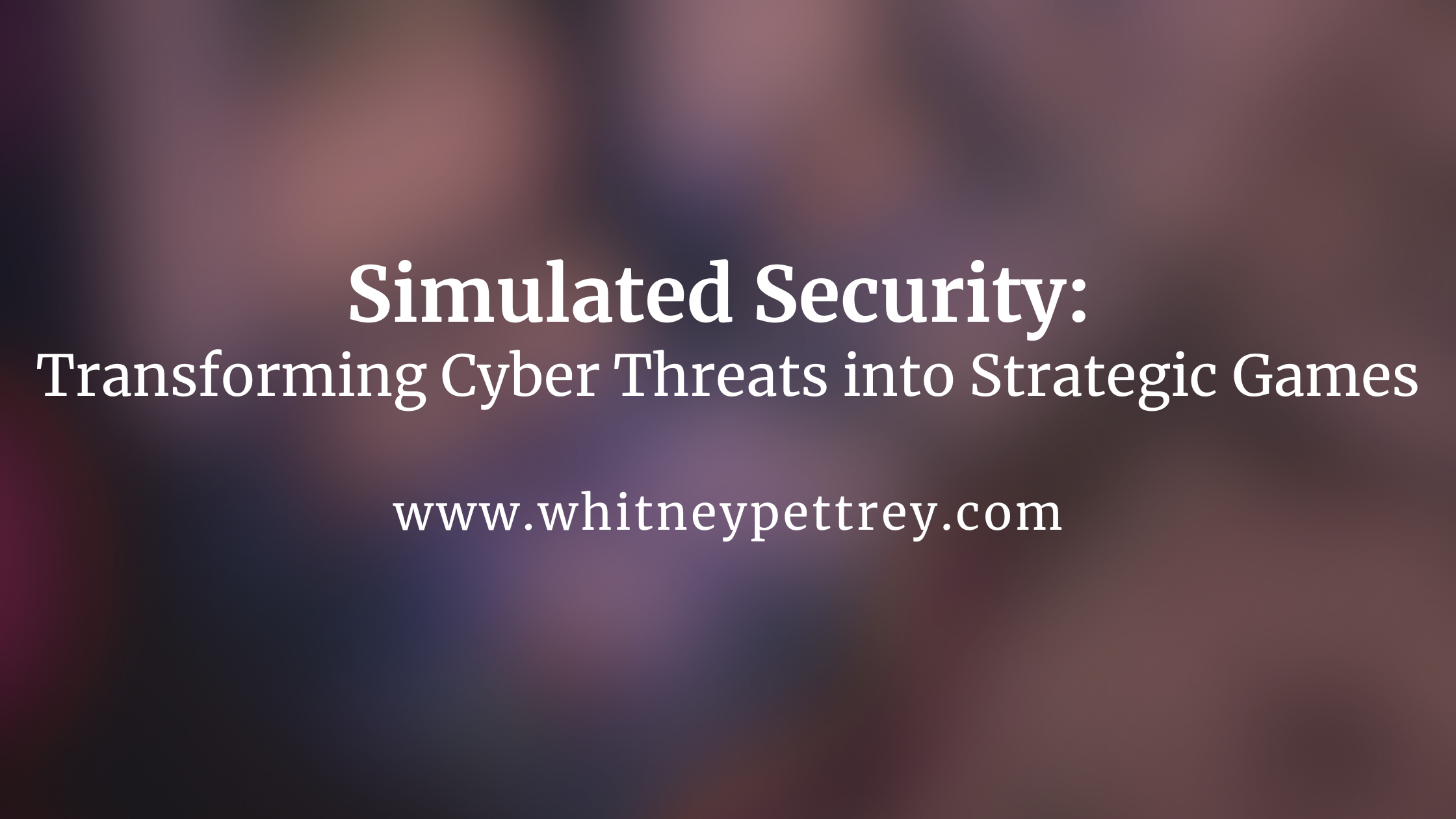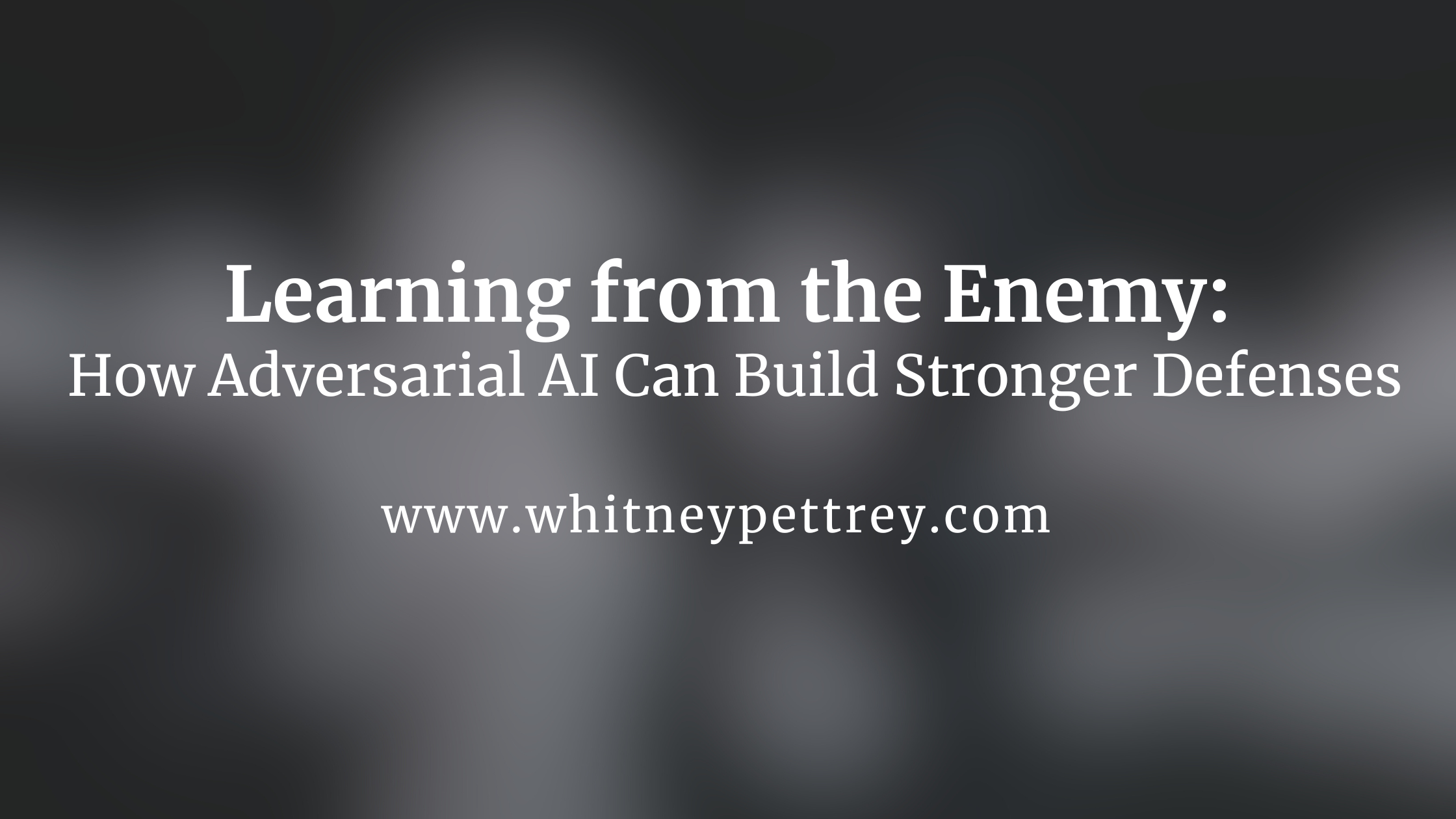Emergency response systems were designed for localized crises, not for cyber-physical disruptions that paralyze 911 dispatch, misdirect public alerts, and manipulate infrastructure in real-time. As adversaries exploit this blind spot, outdated crisis doctrines ensure systemic failure. The threat landscape has evolved from ransomware-crippled municipalities to state-sponsored cyber attacks on critical infrastructure, yet emergency preparedness remains dangerously outdated. This analysis exposes the critical flaw in crisis response and presents a framework for integrating cyber resilience before the next attack turns simulation into catastrophe, leaving decision-makers with seconds to react before total collapse.
Category: Cybersecurity Strategy
The $X Billion BYOD Gamble: The Hidden Cost of Remote Work Security
For years, enterprises have absorbed the rising costs of cybersecurity breaches, treating them as inevitable rather than existential. But as threats escalate in scale and sophistication, one truth becomes unavoidable: the decentralized workforce is a prime target, and complacency is no longer an option. Security is not just an IT investment; it’s an operational imperative. Employees who demand flexibility must also recognize their role in mitigating risk. The organizations that fail to act decisively will soon find themselves at a crossroads: adapt or suffer the consequences of inaction. The question is not if change is coming, it’s whether enterprises will lead the shift or be forced into it by catastrophic failure.
Simulated Security: Transforming Cyber Threats into Strategic Games
This article explores the concept of cybersecurity simulations as a tool to enhance resilience and preparedness against cyber threats. It highlights the importance of localized simulations in addressing specific vulnerabilities and fostering collaboration between different sectors. The article delves into the roles of red, blue, and purple teams in these simulations, emphasizing the importance of both offensive and defensive perspectives. It also discusses the benefits of trusted networks in sharing insights and scaling solutions. Ultimately, the article emphasizes the need for continuous learning, collaboration, and innovation to effectively address the evolving cybersecurity landscape.
Strategic Resilience Through Purple Team Collaboration
Purple Teaming, a collaborative approach that unites offensive and defensive security teams, is revolutionizing the way organizations approach cybersecurity. By simulating real-world attacks and analyzing vulnerabilities, Purple Teaming enables organizations to build more resilient defenses. This article explores the benefits of Purple Teaming, including identifying weaknesses, enhancing threat detection, and improving incident response capabilities.
Learning from the Enemy: How Adversarial AI Can Build Stronger Defenses
This article explores the concept of Adversarial AI and its potential to revolutionize cybersecurity. By using AI to simulate attacks and identify vulnerabilities, organizations can proactively strengthen their defenses and stay ahead of adversaries. The article delves into the practical applications of Adversarial AI, such as simulating multi-vector attacks, creating deception ecosystems, and augmenting threat intelligence. It also discusses the ethical implications and challenges associated with using this technology. Ultimately, the article emphasizes the importance of adopting an adversarial mindset and leveraging AI to build a resilient and adaptive cybersecurity posture.
The Human Firewall: Why People Are Your Strongest Security Layer
In the ever-evolving landscape of cybersecurity, human factors remain a critical vulnerability. This article explores the importance of the human firewall, emphasizing the need for awareness, training, and a strong security culture. By cultivating a vigilant and informed workforce, organizations can significantly enhance their resilience against cyber threats.
Cyber Resilience: Navigating the Future Beyond Traditional Security Models
As technology evolves, traditional security models fall short. This article delves into the need for a more adaptive and resilient approach to cybersecurity. It explores the challenges posed by distributed architectures, autonomous systems, and sophisticated threats, and discusses the role of decentralized security, autonomous response, and AI-driven threat detection in building a future-proof security posture.
Integrated Threat Management: A Comprehensive Approach to Cybersecurity
As cyber threats become increasingly sophisticated, a traditional, siloed approach to security is no longer sufficient. Integrated Threat Management (ITM) offers a comprehensive solution, combining technology, human expertise, and proactive strategies to address the evolving threat landscape. By integrating threat intelligence, real-time analytics, and automated response mechanisms, ITM empowers organizations to anticipate, detect, and respond to cyber threats effectively, ensuring business continuity and protecting critical assets.
Redefining Cyber Defense: The Strategic Power of Edge Security
As enterprises embrace decentralized architectures like edge computing and IoT, traditional security models are becoming obsolete. This article explores the critical role of edge security in protecting these distributed environments. It delves into the challenges posed by the expanding attack surface, the need for real-time threat detection and response, and the importance of data sovereignty and privacy.








